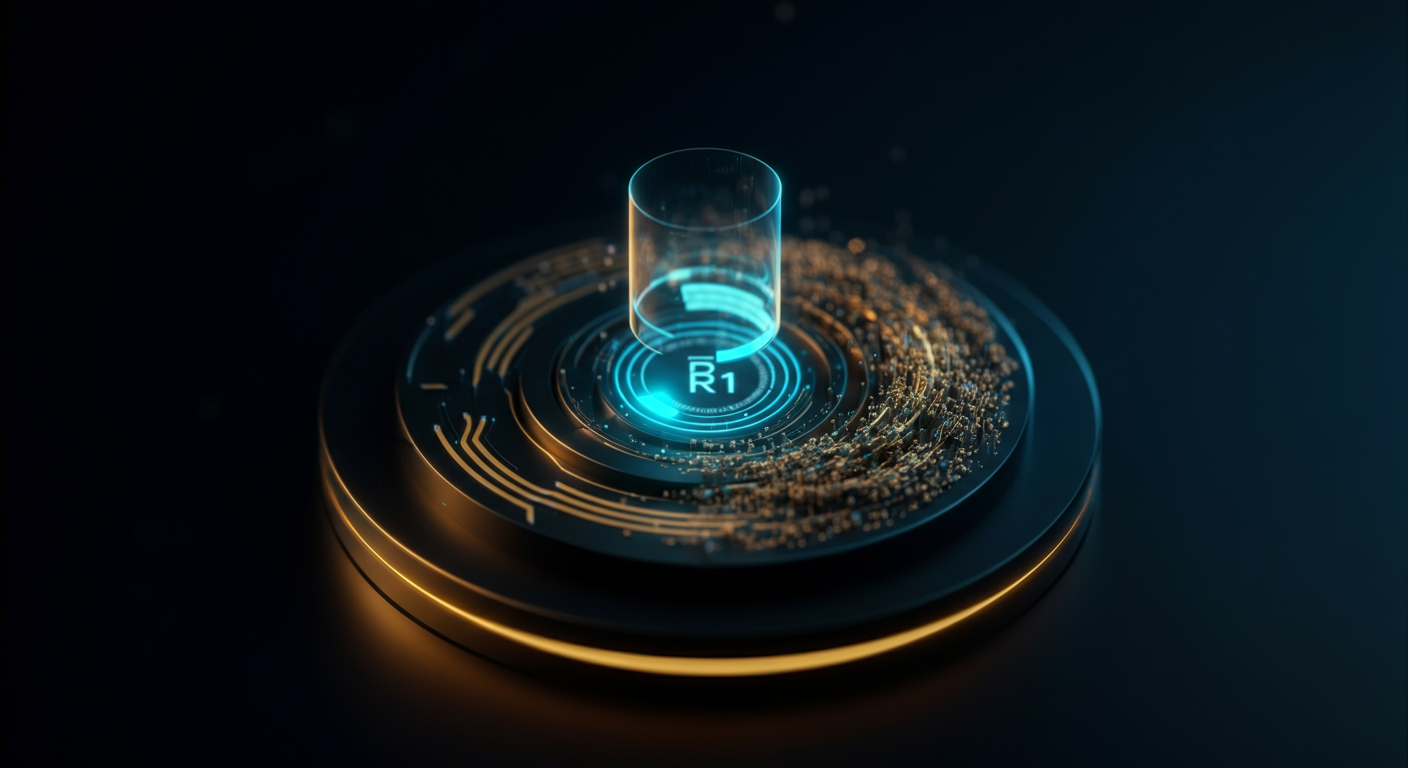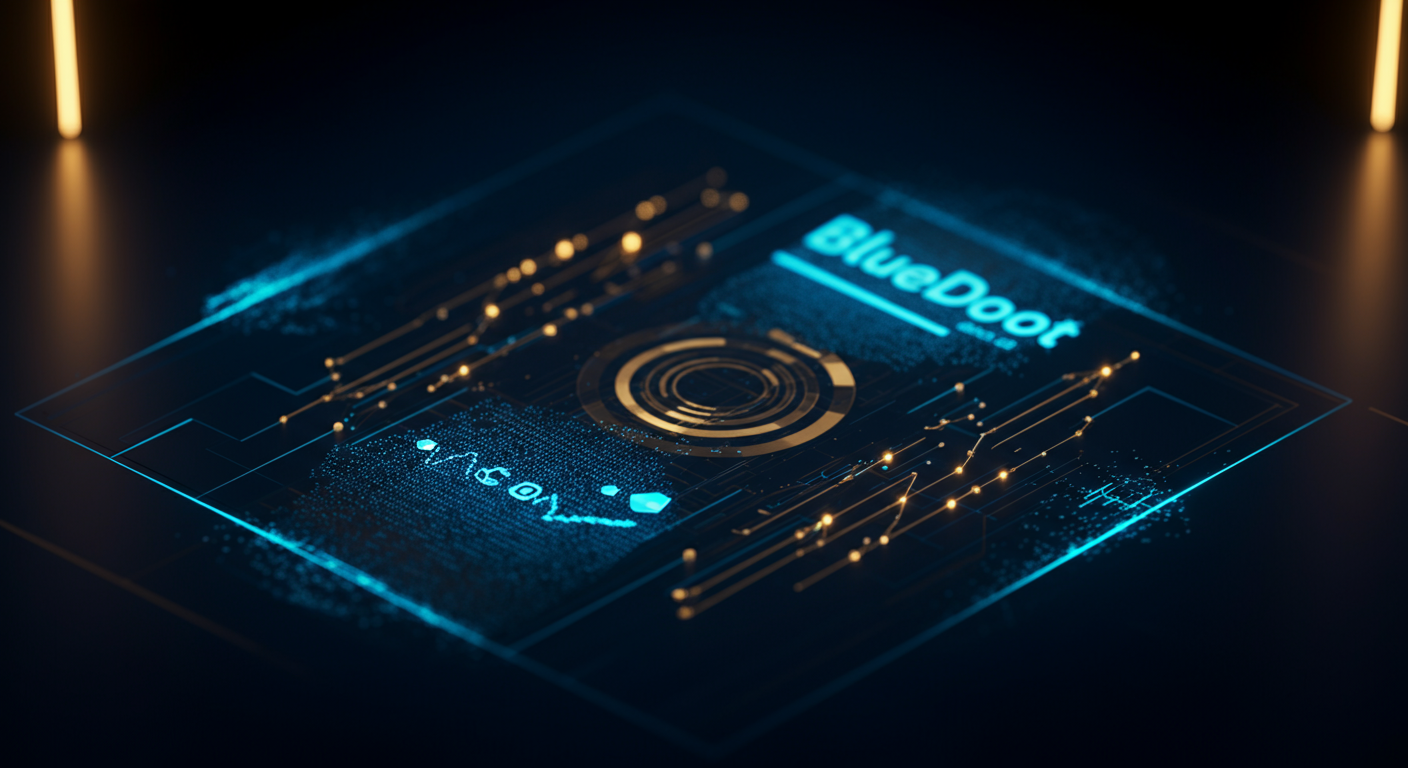Building Enduring Systems: Architecting for Longevity and Adaptability
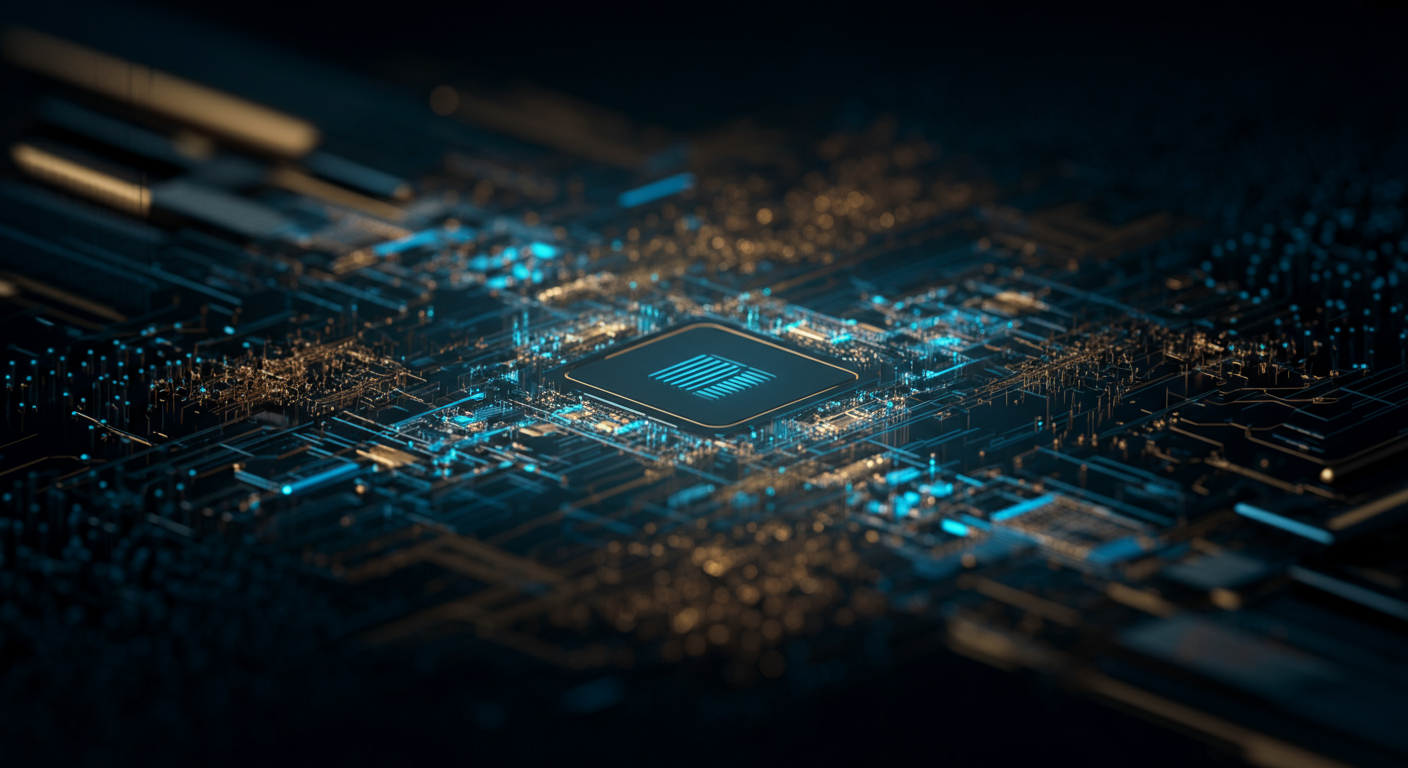
It's no longer a question of if, but how we build systems designed for enduring value in our rapidly evolving world.
The Ticking Clock
'Build to Last' isn't just a nice sentiment—it's an economic and practical imperative. The pace of technological change demands that we architect systems – software, AI models, infrastructure – with longevity in mind. Otherwise, we're signing up for constant, expensive churn. Consider this:- The AI landscape is shifting daily. Models become obsolete, algorithms are refined, and new frameworks emerge with dizzying speed.
- Business needs are equally fluid, demanding adaptability that static systems simply cannot provide.
What Does 'Lasting' Really Mean?
Defining 'lasting' means more than just preventing immediate obsolescence. It encompasses key attributes:- Adaptability: Systems must evolve to meet unforeseen challenges and integrate with new technologies.
- Maintainability: Codebases should be clean, well-documented, and easily modifiable.
- Relevance: Solutions should continue to address core business needs over the long haul. > Adaptability is not about predicting the future, but enabling us to thrive within it.
The Price of Short-Sightedness
Rushing a product to market or prioritizing short-term gains often leads to significant long-term costs. Technical debt accumulates, security vulnerabilities emerge, and the system becomes increasingly brittle. Conversely, a long-term vision offers numerous advantages:- Reduced maintenance costs over time.
- Increased agility and faster response to market changes.
- Improved security and reduced risk of system failures.
Looking Ahead
This article will explore key principles and strategies for building systems designed for endurance and adaptability. We'll delve into concrete techniques for ensuring your solutions remain relevant and valuable for years to come. Think of this as a guide to implementing sustainable software development practices.Ready to build systems that stand the test of time? Let's get started.
Crafting enduring systems that stand the test of time in the rapidly evolving landscape of AI demands a thoughtful approach to architecture.
Modularity and Abstraction: Building Blocks for the Future
Think of system design like building with LEGOs—modularity allows you to swap out individual bricks without collapsing the whole structure.
- Modularity: Divide the system into self-contained units, each with a specific function. This allows for focused development and easier debugging. For instance, in a Design AI Tools suite, the image generation module could be separate from the style transfer module.
- Abstraction: Hide complex implementation details behind simple interfaces. This simplifies interaction and allows for internal changes without affecting external users. Imagine a self-driving car where the driver interacts with a steering wheel and pedals, not the underlying algorithms.
Loose Coupling and High Cohesion: Minimizing the Ripple Effect
Strive for components that are independent and focused.- Loose Coupling: Reduce dependencies between modules to minimize the impact of changes. Consider using message queues or APIs to facilitate communication. Imagine different departments in a company working on separate projects with minimal overlap.
- High Cohesion: Each module should have a clear, single purpose. This makes the code easier to understand, maintain, and reuse. Think of a well-written paragraph focusing on a single idea.
Adherence to Standards and Best Practices: Standing on the Shoulders of Giants
Leveraging established guidelines is key to future-proofed modular system design principles.- Standards Compliance: Follow industry-standard protocols and data formats to ensure interoperability with other systems. For example, using RESTful APIs or following the Software Developer Tools conventions.
- Best Practices: Adopt well-established coding practices, design patterns, and security measures. Think of it like following building codes to ensure structural integrity.
Documenting Everything: Leaving a Trail of Breadcrumbs
Clear documentation is essential for long-term understanding and maintainability.- Comprehensive Documentation: Include detailed explanations of the system architecture, module interfaces, data flows, and configuration options. Think of a well-documented API (Application Programming Interface)
- Up-to-Date: Keep the documentation current with any changes or updates to the system. Use automated tools to generate documentation directly from the code.
Sure, let's craft a section on architecting for adaptability.
Architecting for Change: Embracing Adaptability and Evolution
In today's rapidly evolving tech landscape, building systems designed to withstand the test of time requires a future-proof software architecture. Let's explore some key strategies:
The Role of APIs and Microservices
Building systems with APIs and microservices enables flexibility:- APIs as contracts: Well-defined APIs provide stable interfaces while allowing underlying implementations to change. For example, a ChatGPT API can evolve with new models without breaking integrations. ChatGPT is a powerful conversational AI tool that generates human-like text, engages in dialogues, and provides information on a wide range of topics.
- Microservices architecture: Decoupling applications into smaller, independent services makes it easier to update, scale, and replace individual components.
Version Control and CI/CD
Automating change is critical:- Version Control: Using Git allows tracking changes, branching, and reverting to previous states, minimizing risk.
- CI/CD pipelines: Automating the build, test, and deployment process ensures that changes are integrated and released quickly and reliably. You might find something valuable within the Software Developer Tools category.
Design Patterns for Adaptability
Employing specific design patterns helps manage change:- Strategy Pattern: Allows selecting algorithms at runtime.
- Observer Pattern: Enables components to react to changes in other components.
- Factory Pattern: Provides a way to create objects without specifying their concrete classes.
Backward Compatibility and Graceful Degradation
Consider the user experience during updates:- Backward compatibility: Ensure that new versions of your system support older clients and data formats.
- Graceful degradation: Design the system to continue functioning, albeit with reduced functionality, when parts of it fail or are unavailable.
It's no longer enough to simply build functional systems; they need to be resilient and adaptable for the long haul.
Knowledge Sharing and Mentorship
- Why it matters: Imagine a key engineer leaves your team, taking critical, undocumented knowledge with them – ouch! Knowledge sharing prevents this.
- How to implement: Foster a culture of documentation and mentorship. Use pair programming, code reviews, and internal wikis. For example, create "lunch and learn" sessions where senior engineers share expertise. Think of it as creating a "living knowledge base" for your engineering team.
Investing in Training and Development
- The landscape shifts fast: What's cutting-edge today might be legacy tomorrow.
- Stay ahead: Budget for ongoing training. This could be conference attendance, online courses, or even bringing in external experts for workshops. Consider using Software Developer Tools to streamline and improve workflows for your engineering teams.
Creating a Culture of Quality
- Ownership is key: When developers feel accountable for the long-term health of the system, quality soars.
Communication and Collaboration
Break down silos: Developers, testers, and stakeholders must* be on the same page.- How to do it: Daily stand-ups, shared documentation, and open communication channels are essential. Use project management tools and encourage frequent feedback loops. For instance, use AI powered project management tools to facilitate better communication.
Ensuring the longevity and adaptability of software systems requires a multifaceted approach to keep things running smoothly.
Automated Testing: Your Safety Net
Imagine building a skyscraper without safety inspections – that’s code without automated tests.- Unit tests: Verify individual components.
- Integration tests: Check how different parts of the system work together.
- End-to-end tests: Simulate user interactions to ensure everything functions correctly.
Continuous Monitoring: Vigilant Oversight
Constant vigilance is key; continuous monitoring tracks system performance, resource utilization, and error rates. Tools like APM (Application Performance Monitoring) are crucial for spotting anomalies before they impact users.- Real-time dashboards: Offer instant insights into system health.
- Alerting systems: Notify teams of potential issues.
Regular Maintenance and Refactoring: Proactive Software Maintenance Strategies
Technical debt accumulates over time, just like overdue library books! Regular maintenance and refactoring are the proactive software maintenance strategies that address this debt:- Code reviews: Identify areas for improvement.
- Refactoring: Enhance code structure without altering functionality.
Disaster Recovery Planning: Preparing for the Inevitable
Like a sturdy emergency plan for a hospital, disaster recovery (DR) ensures business continuity in the face of unexpected events.- Backup systems: Create replicas of critical data and services.
- Failover mechanisms: Automatically switch to backup systems in case of failures.
One crucial aspect of building enduring AI systems is understanding how others have achieved – or failed to achieve – similar goals.
Analyzing Successes: Learning from Longevity
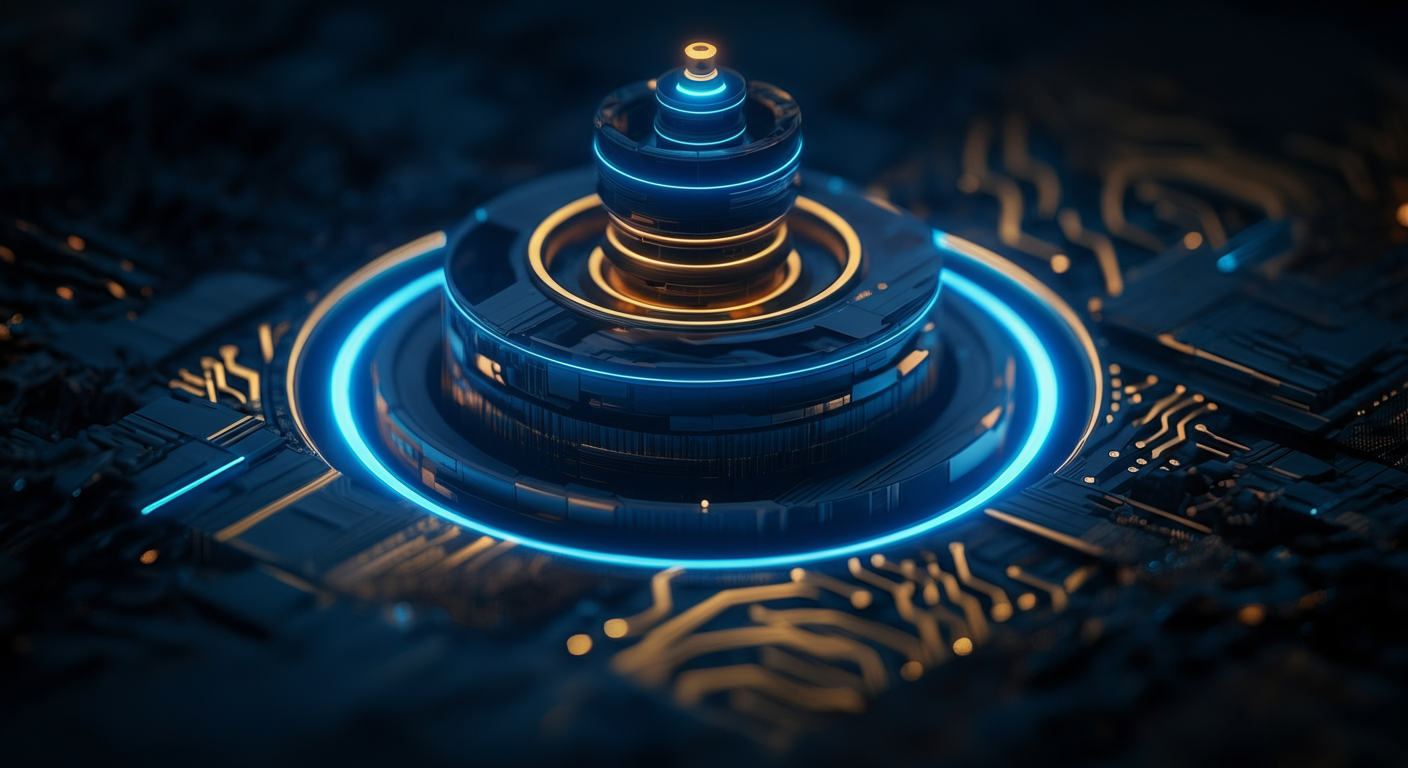
Examining successful long-term software projects reveals key patterns that contribute to their enduring nature.
- TCP/IP: The Internet Protocol Suite (TCP/IP), is the foundational communication language of the internet. Its open, adaptable design has allowed it to scale and evolve alongside the web itself. Application Programming Interfaces (APIs) allow different software systems to communicate with each other.
- Linux: The open-source nature of Linux has allowed for broad community contributions, keeping it relevant across diverse hardware and use-cases. Developers can also contribute fixes to keep the OS secure.
- Git: The distributed version control system's resilient architecture and adaptable branching model support collaborative development on projects of all sizes. The community can also contribute to the software itself.
Learning from Failures: Avoiding Common Pitfalls
Analyzing failures and near-misses is just as important, providing insight into common mistakes.
- Over-reliance on Proprietary Technology: Systems heavily dependent on a single vendor's technology risk obsolescence when that vendor's priorities shift. As an example, the rise and fall of Flash is a prime example of proprietary technology going to the wayside.
- Poor Documentation: Insufficient documentation makes it difficult for new developers to understand and maintain the system over time, leading to stagnation.
Durable Technologies & Architectural Patterns
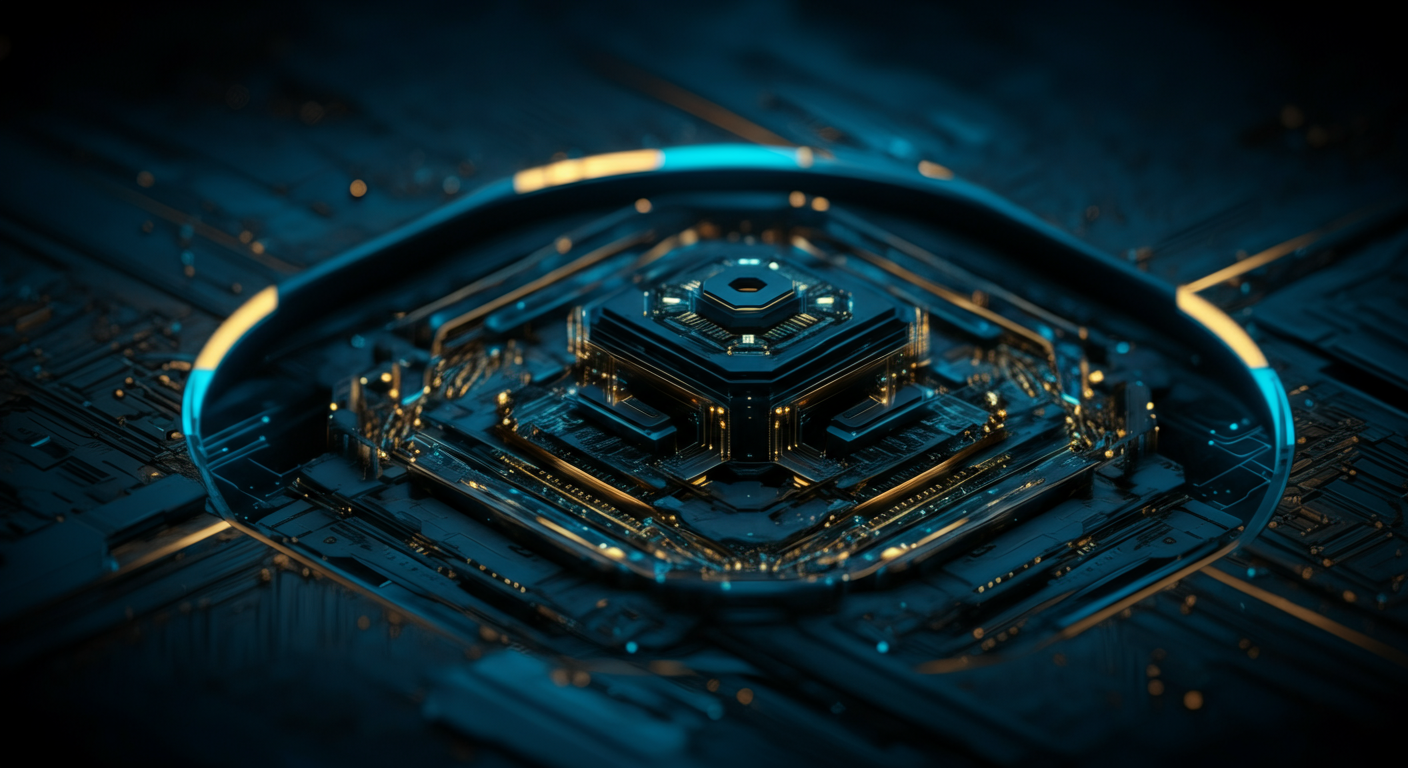
Certain technologies and patterns have consistently proven to be more durable than others.
- Microservices: This architectural style promotes modularity and independent deployability, making systems more resilient to change. The Learn AI Glossary is a great place to familiarize yourself with the technology and components necessary to build enduring systems.
- API-First Design: Designing with clear, well-defined APIs allows for greater flexibility and integration with other systems, a key component of software longevity. APIs allow different software systems to communicate with each other.
- Containerization (e.g., Docker): Consistent environments across different stages of the development lifecycle ensure that systems remain functional and deployable over time.
One of the most challenging aspects of software is ensuring it remains valuable and functional over the long-term trends in software development.
AI and Machine Learning: The Adaptable Core
- AI and Machine Learning play a vital role in creating adaptable and self-healing systems.
- Self-optimizing databases that learn access patterns and automatically adjust indexing strategies offer another example of AI-driven adaptability.
Cloud and Serverless: The Maintainability Multiplier
- Cloud computing and serverless architectures significantly impact long-term maintainability.
- These environments allow for easy scalability and updates, reducing the risk of systems becoming obsolete or difficult to manage.
- Instead of wrestling with complex server configurations, developers can focus on code.
- The elasticity of cloud resources also means systems can adapt to changing demands without requiring manual intervention. For example, you can check out Cloud AI Platforms to see AI solutions being built within these flexible cloud environments.
Low-Code/No-Code: Democratizing Longevity
- The rise of low-code/no-code platforms has implications for software longevity. These platforms empower citizen developers to build and maintain applications with reduced reliance on specialized coding skills.
- The accessibility of these platforms contributes to the longevity of applications by distributing the responsibility of maintenance and upgrades among a broader base of users. Soofte AI is a great example of one of these platforms, allowing users to build AI-driven apps without needing to code.
- This approach mitigates the risk of knowledge silos and ensures that applications remain functional even if the original developers are no longer available.
Quantum's Potential Impact
- While still nascent, quantum computing's potential impact on software architecture cannot be ignored.
- Quantum-resistant algorithms may become essential to protect systems from future threats.
- Though widespread quantum computing is years away, forward-thinking architects should begin to consider its eventual implications. You can keep up to date with this emerging tech at our AI News page.
Embracing a long-term vision is no longer a luxury, but a necessity in our rapidly evolving technological landscape.
Why Long-Term Thinking Matters
"The true sign of intelligence is not knowledge but imagination." - Albert Einstein, likely thinking about sustainable technology practices
- Sustainability: Prioritizing sustainable technology practices ensures our systems can withstand future changes and challenges.
- Adaptability: Building systems that are flexible and can evolve with new technologies guarantees longevity. Look for tools with robust APIs, as featured in AI Tool Directories, for easier integration down the line. This resource helps you find platforms that offer flexible integration options for future-proofing your projects.
- Legacy: The systems we build today shape the world of tomorrow; prioritizing sustainability leaves a positive legacy.
Actionable Steps for Building Enduring Systems
- Prioritize Maintainability:
- Write clean, well-documented code.
- Use modular architectures to allow for easy updates and changes. Code-assistance tools like GitHub Copilot can help you produce cleaner code.
- Embrace Open Standards:
- Adopt open protocols and formats to avoid vendor lock-in.
- Promote interoperability with other systems.
- Plan for Evolution:
- Design systems that can be easily extended and adapted to new requirements.
- Continuously monitor and update your systems to keep them current.
Conclusion: Embracing a Long-Term Mindset
The future belongs to those who build with foresight. By embracing sustainable technology practices and prioritizing adaptability, we can create systems that not only meet today's needs but also shape a better, more resilient tomorrow, contributing to a legacy we can all be proud of. Ready to explore the AI tools that can help you achieve this? Check out our tools directory to get started.
Keywords
Build to Last, Sustainable Software Development, Long-Term Software Architecture, Adaptable Systems, Maintainable Code, Software Longevity, Future-Proofing Software, Resilient Systems, Modular Design, Evolvable Architecture, Technical Debt, Software Sustainability, Durable Software, Software Engineering Best Practices
Hashtags
#BuildToLast #SustainableTech #SoftwareArchitecture #TechLongevity #FutureProofing
Recommended AI tools

Your AI assistant for conversation, research, and productivity—now with apps and advanced voice features.

Bring your ideas to life: create realistic videos from text, images, or video with AI-powered Sora.

Your everyday Google AI assistant for creativity, research, and productivity

Accurate answers, powered by AI.

Open-weight, efficient AI models for advanced reasoning and research.

Generate on-brand AI images from text, sketches, or photos—fast, realistic, and ready for commercial use.
About the Author

Written by
Dr. William Bobos
Dr. William Bobos (known as 'Dr. Bob') is a long-time AI expert focused on practical evaluations of AI tools and frameworks. He frequently tests new releases, reads academic papers, and tracks industry news to translate breakthroughs into real-world use. At Best AI Tools, he curates clear, actionable insights for builders, researchers, and decision-makers.
More from Dr.
